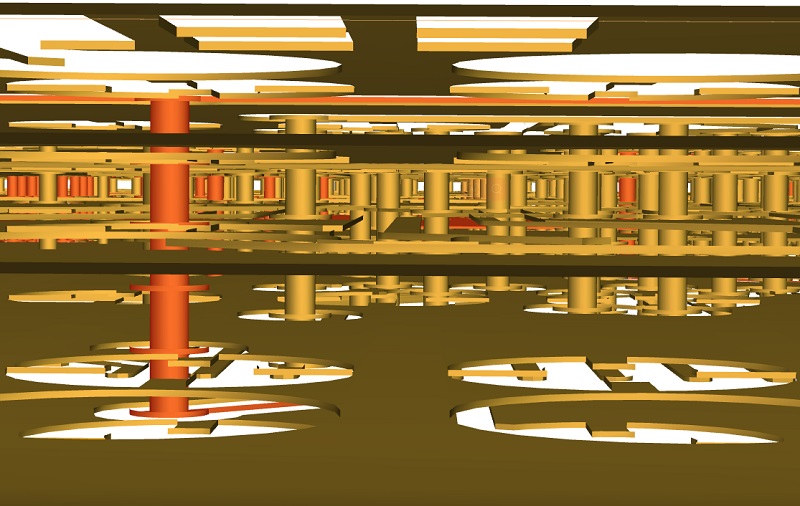The Anatomy and Importance of a PCB

Keywords: Printed Circuit Board
In the vast realm of technology where countless devices and gadgets shape our modern lives, there exists a silent hero that plays an indispensable role in their functioning: the Printed Circuit Board. From smartphones to satellites, from medical equipment to gaming consoles, PCBs are the unsung heroes that enable electronic magic to happen. In this blog, we will explore the wonders of PCBs, their essential components, the manufacturing process, and their ever-growing importance in powering the digital revolution.
At its core, a Printed Circuit Board (PCB) is a flat board made of non-conductive material, typically fiberglass-reinforced epoxy that provides mechanical support and electrical connections for electronic components. PCBs are designed to efficiently connect and arrange the various electronic components necessary for a device's operation, such as resistors, capacitors, transistors, and integrated circuits.
The Anatomy of a PCB
- Substrate: The base material, usually fiberglass-reinforced epoxy, provides mechanical strength and insulation.
- Copper Layers: Thin sheets of copper are laminated onto the substrate, forming conductive pathways called traces. Between components, these traces transport electrical impulses.
- Components: Electronic components such as resistors, capacitors, diodes, and integrated circuits are mounted on the Printed Circuit Board and soldered to the copper traces.
- Solder Mask: A protective layer applied over the copper traces to prevent accidental short circuits and corrosion.
- Silkscreen: A layer that provides component labels, indicators, and other useful information for assembly and troubleshooting.
The Importance of PCBs in the Digital Revolution
PCBs have become the backbone of the digital revolution, fueling advancements across various industries. Here's why they are so crucial:
- Compact Design: PCBs allow electronic components to be densely packed, enabling the creation of smaller and more portable devices. This miniaturization has revolutionized industries like mobile computing, wearables, and IoT devices.
- Increased Efficiency: PCBs offer shorter signal paths, reducing the distance electrical signals need to travel. This results in faster and more efficient data transfer, improving overall device performance.
- Reliability and Durability: PCBs provide a stable and robust platform for electronic components, protecting them from damage caused by vibration, moisture, and other environmental factors. This reliability is critical for applications ranging from aerospace to medical devices.
- Scalability and Flexibility: Printed Circuit Board allows for easy replication and modification, making them highly scalable for mass production.
- 1HDI PCB Market Outlook 2025: Future Prospects, Growth Analysis & Innovations
- 2HDI PCB Design Comprehensive Guide: Mastering High Density Interconnect Technology in 2025
- 3Understanding UL 94V-0 Flammability Rating for Printed Circuit Boards (PCBs)
- 4PCB core raw material CCL
- 5Top 10 Flexible PCB Factories in 2025
- 6Top HDI PCB Manufacturers (2024)
- 7IC Substrate | Comprehensive Guide (2021)
- 8How to Make mSAP PCB?
- 9Top 10 IC Substrate Fabricators (2024)
- 10The Impact of Trump's Tariff Policy on Chinese PCB Industry and Countermeasures

- Skype ID: shawnwang2006
- Phone No。: +86-755-23724206
- Email: sales@efpcb.com
- Quick Contact
